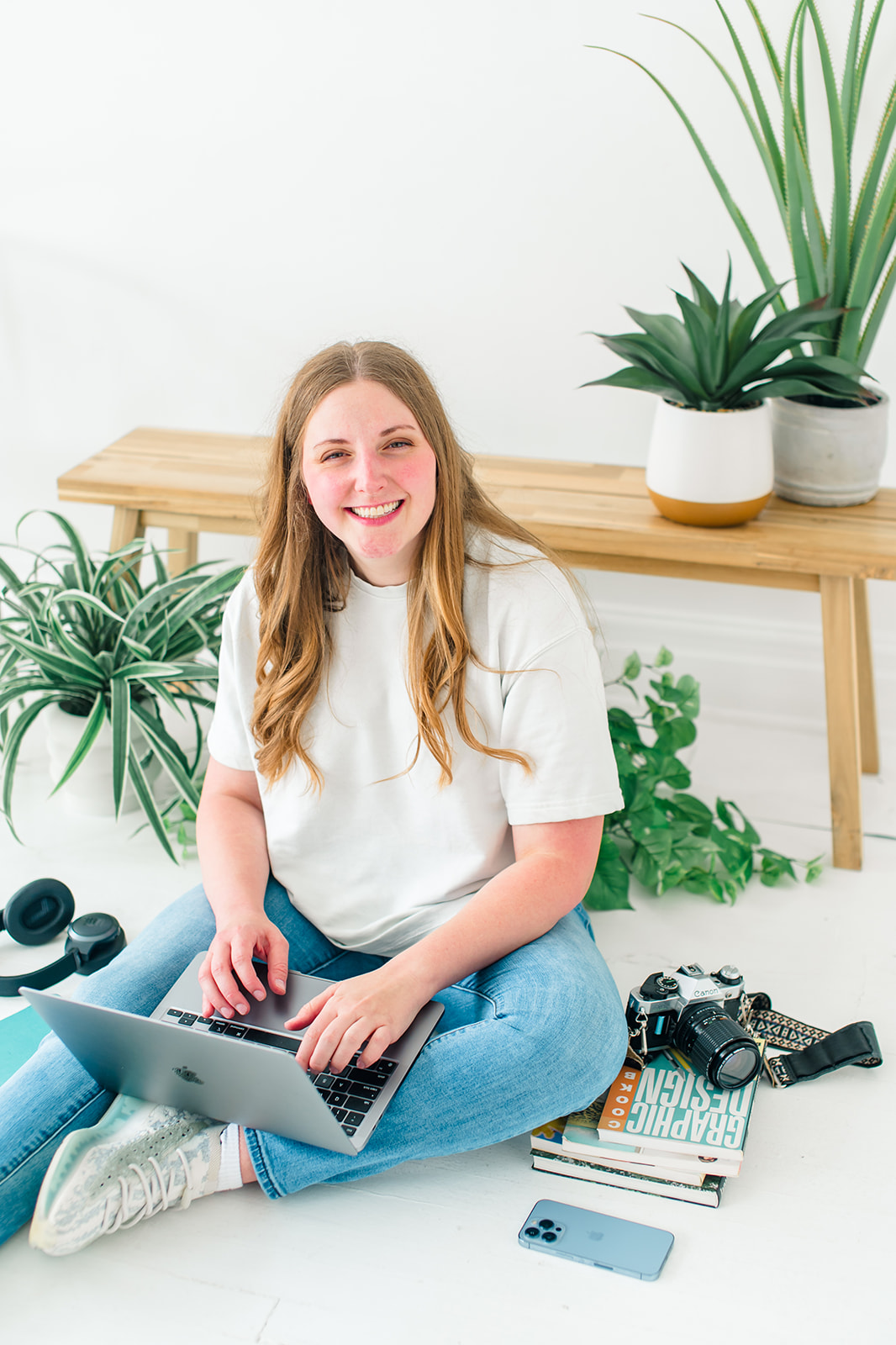We’re excited to introduce you to the always interesting and insightful Anna Thorner. We hope you’ll enjoy our conversation with Anna below.
Alright, Anna thanks for taking the time to share your stories and insights with us today. So, let’s imagine that you were advising someone who wanted to start something similar to you and they asked you what you would do differently in the startup-process knowing what you know now. How would you respond?
If I were starting over, I’d begin with clearer goals. When I first launched, I didn’t really have a business plan. I had a general idea of what I wanted to do, but no actual structure. I just started taking on work and figuring things out as I went. That worked for a while, but looking back, it made everything harder than it needed to be.
I think I would’ve taken the time to map out what I wanted—revenue targets, how many clients I could realistically handle, what my services actually were. Just writing those things down would’ve helped me make smarter decisions.
I also would’ve stayed more organized. From the beginning. Systems, client tracking, even something as simple as a spreadsheet. Instead, I kept everything in my inbox or in my head. It got messy fast, especially once things picked up.
Another big one? Taxes. I didn’t take them seriously enough early on. I didn’t separate my business and personal finances. I didn’t save for quarterly payments. It caught up with me, and fixing it later was way more stressful than just doing it right from the start.
I probably would’ve looked into a small business loan too—something manageable, maybe $5,000 to $10,000. Not to take big risks, but just to cover things like marketing or professional help with bookkeeping. That kind of cushion could’ve helped me stay out of debt instead of trying to play catch-up.
So yeah, if I had to do it over again, I’d be more intentional from day one. Still flexible, still lean, but with a clearer path and a few basic systems in place. It would’ve saved me a lot of time—and a few headaches.
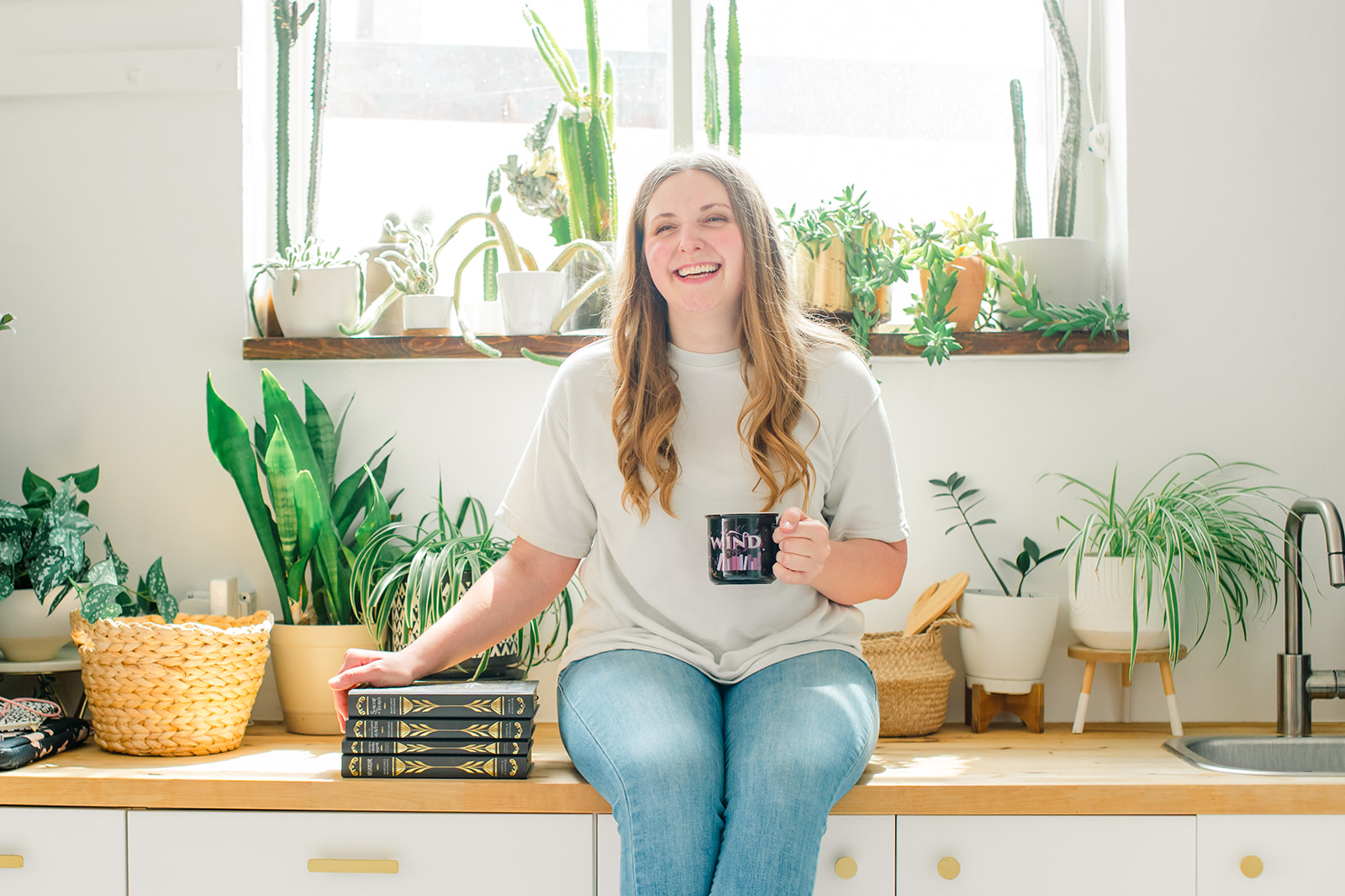
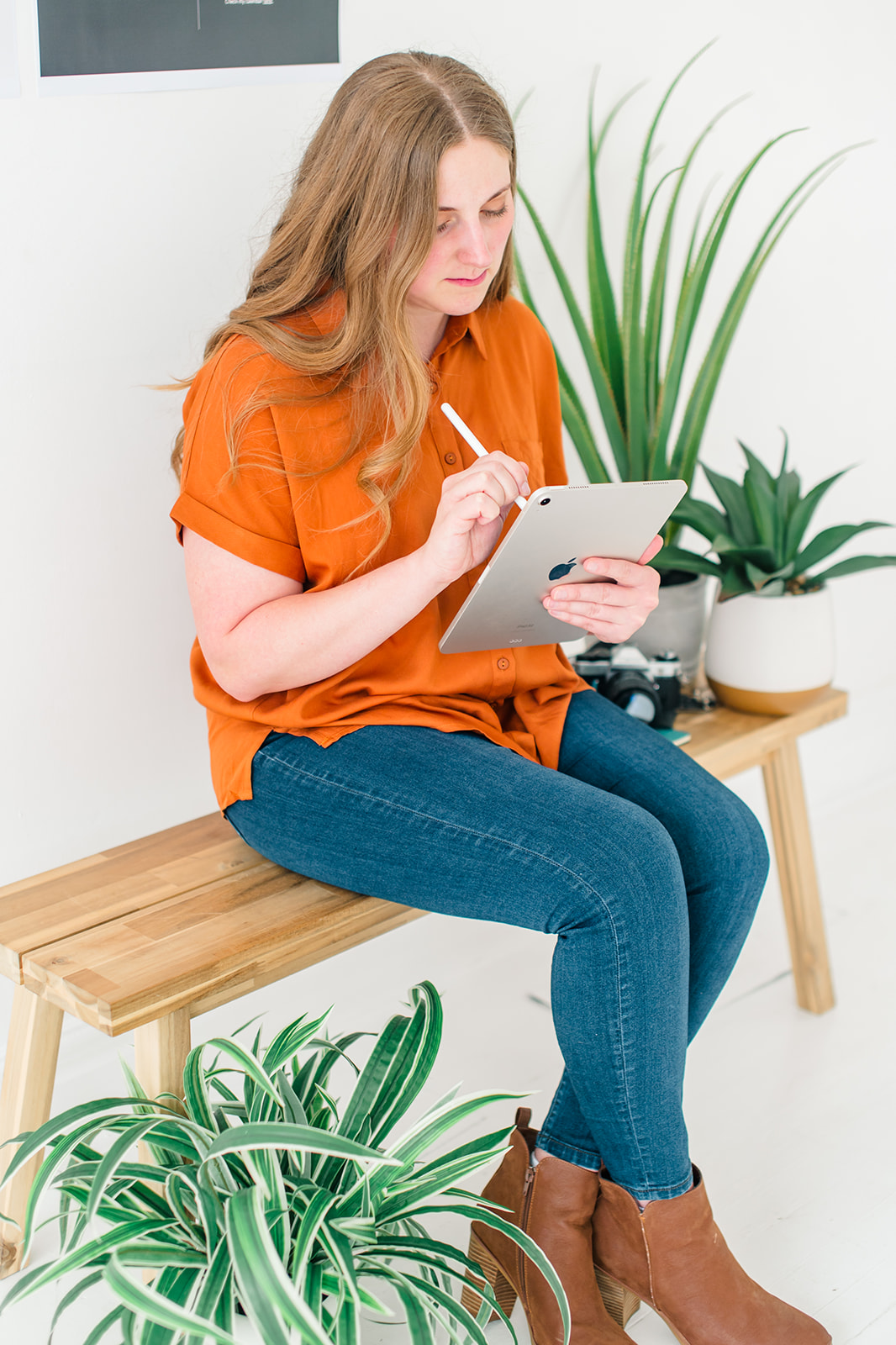
Anna, before we move on to more of these sorts of questions, can you take some time to bring our readers up to speed on you and what you do?
I’m a web designer, developer, and brand strategist with a background in graphic design and marketing. I work with authors, creatives, small businesses, nonprofits—and anyone else who needs strong digital foundations but might not have a huge budget to start with.
People always tell me to pick a niche, but for me, it’s about serving the community. I care more about making great design and strategy accessible than fitting into a narrow box. That said, I do focus deeply on helping authors build their brand and online presence in a way that supports their goals, especially when they’re self-publishing or building from scratch.
For authors, I often start with branding—everything from mood boards and logos to color palettes and typography—and then build custom websites that make it easy to showcase their books, grow a newsletter, and connect with readers. A lot of authors struggle with the tech side of things. They don’t know where to start, or they’ve been burned by generic templates that don’t reflect their genre or brand. I help them build something that looks professional but still feels personal, with tools that are easy to maintain long after launch.
For small businesses and nonprofits, the challenges are a little different. Most of the time, they’re wearing too many hats and don’t have the time, skill, or internal resources to build something that truly reflects the quality of what they offer. I help clarify their message, create a clean and functional website, and give them design tools and assets they can use going forward. Whether they need a full brand identity or just a refreshed online presence, I meet them where they are.
What I’m most proud of is the range of clients I’ve worked with—and the fact that I’ve been able to help people who otherwise might’ve felt priced out of professional design. A lot of my clients are scrappy, smart, and building something from the ground up. I know what that feels like. So I make it a point to build flexible, scalable solutions that work for real people.
If there’s one thing I want potential clients to know, it’s that working with me isn’t about showing off flashy design for the sake of it. It’s about creating something that works for your goals, your audience, and your stage of growth. I listen carefully, I care about the details, and I always try to build something you’ll feel proud to share.
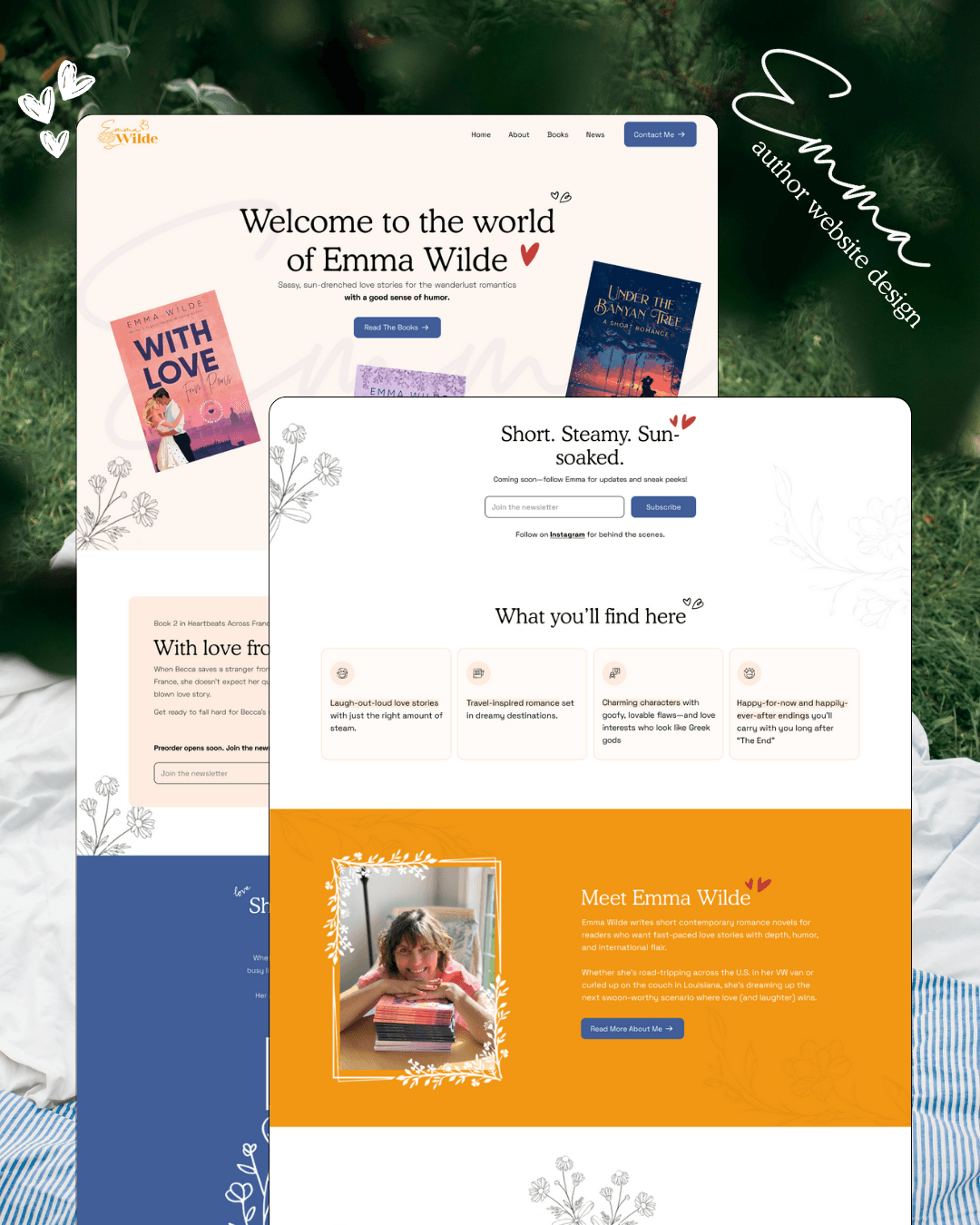
Can you talk to us about how your side-hustle turned into something more.
Yes, what started as a side hustle eventually became my full-time business.
When I moved back to the U.S. from Japan, I wasn’t sure what to do next. To be honest, that was the first time I really felt unsure. I ended up working at a bookstore, and I was actually pretty content there. I love books, so it felt like a good fit. But at some point, I realized I wanted to do a little more… something that gave me room to grow.
I found a job at a Japanese manufacturing company, which helped me stay connected to the culture and language I had grown close to. Around the same time, I started volunteering with the Japan America Society of Greater Cincinnati. That experience ended up shaping everything.
While helping out at the organization, I noticed their website hadn’t been updated in years. It didn’t reflect the quality of the work they were doing, and no one on the team had the time or tools to fix it. So I decided to figure it out myself. I started with YouTube tutorials, online articles, and forums. I signed up for the Interaction Design Foundation and committed to learning everything I could about UX, design, and front-end development.
Once I felt confident enough, I offered them a simpler, more affordable option—something that would actually meet their needs and still look professional. They said yes. That first project taught me a lot, not just about web design but also about client communication, scope, timelines, and how to stay calm when something breaks right before launch.
From there, I started to get more serious. I updated my Upwork profile. I began sharing small wins and client work on social media. I learned how to price my services more clearly, how to write proposals, and how to ask the right questions before a project starts. Slowly, one job led to another. That steady flow of work gave me the confidence to take it full time.
It wasn’t a dramatic moment or single turning point. It was a long string of small decisions: saying yes even when I wasn’t sure, figuring things out as I went, and continuing to show up. I’ve always been someone who builds my own path, and I try to carry that into my work. I want the people I work with to feel like they can do the same.
If you’re just getting started or thinking about turning your skill into something more, my advice is simple: start small, stay consistent, and keep learning. That’s exactly how this business came to be.
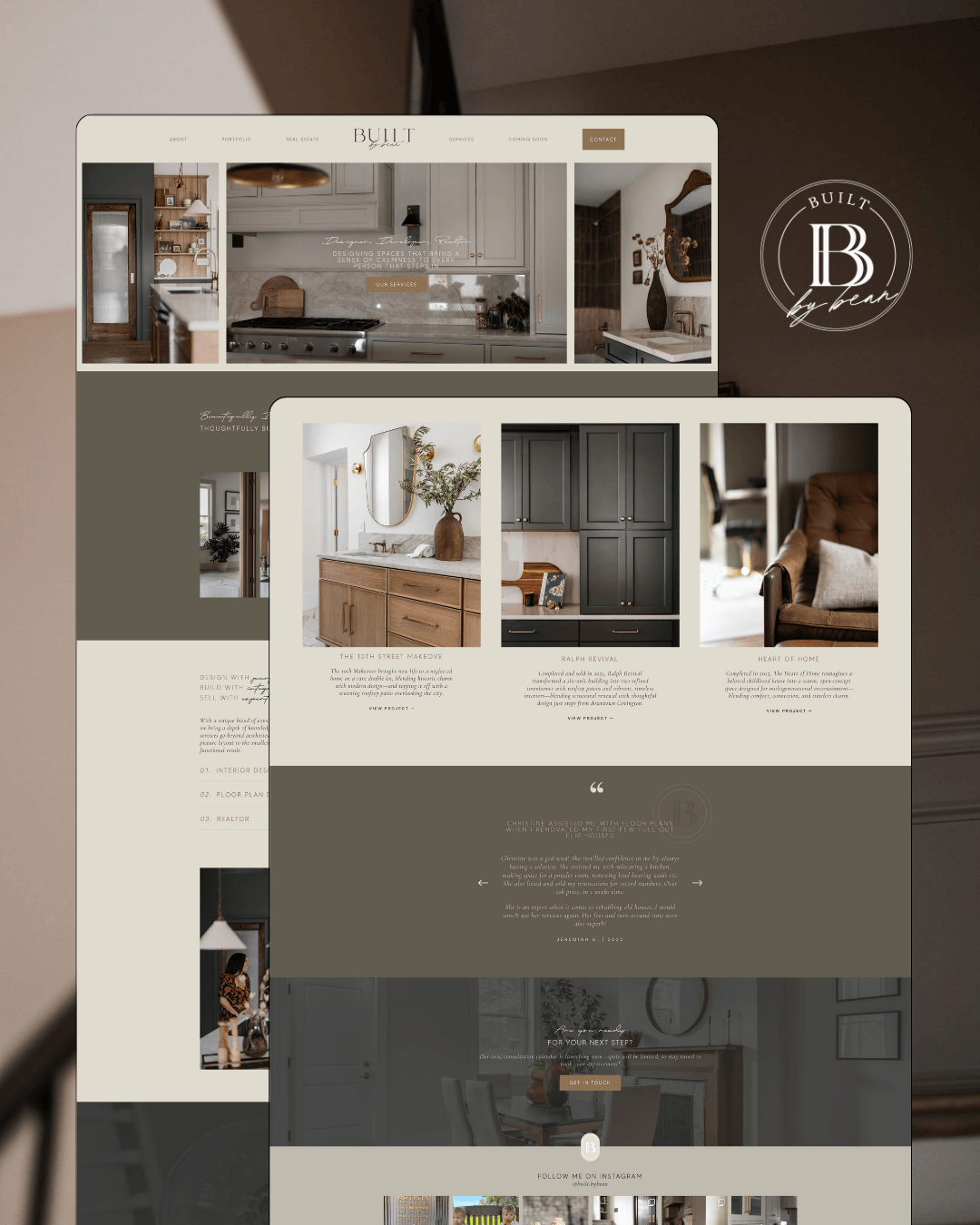
How do you keep in touch with clients and foster brand loyalty?
I try to make sure clients feel supported even after a project wraps. Before I officially hand things off, I provide tutorials, either video or written, on how to manage their site. Things like editing text, swapping images, or checking contact form submissions. I want them to feel confident using what we’ve built together.
For clients who don’t sign up for ongoing maintenance, I still like to check in a few times a year. I’ll usually take a quick look at their Google Analytics or Search Console data and make sure everything looks healthy. If I notice something off like broken links, indexing issues, or just a site that hasn’t been updated in a while and I’ll reach out and offer to help.
On social media, I try to share helpful tips and resources when I can, but I also use it to celebrate the people I’ve worked with. If a client launches a new book, hosts an event, or hits a big milestone, I love cheering them on publicly. It’s a way to show continued support and also highlight the kind of people and projects I get to work with.
I’m a solo business, so it’s not always perfectly consistent, but staying connected.. whether it’s through posts, DMs, or casual check-ins—is a big part of how I keep those relationships strong.
At the end of the day, I don’t treat projects like one-off transactions. I care about the people behind the work. I want them to succeed long after the invoice is paid, and I think that mindset is what helps build real loyalty.
Contact Info:
- Website: https://sedrstudio.com
- Instagram: https://www.instagram.com/sedr_studio/
- Facebook: https://www.facebook.com/sedrstudio
- Linkedin: https://www.linkedin.com/company/sedrstudio/
- Youtube: https://www.youtube.com/@S%C4%92DRSTUDIO

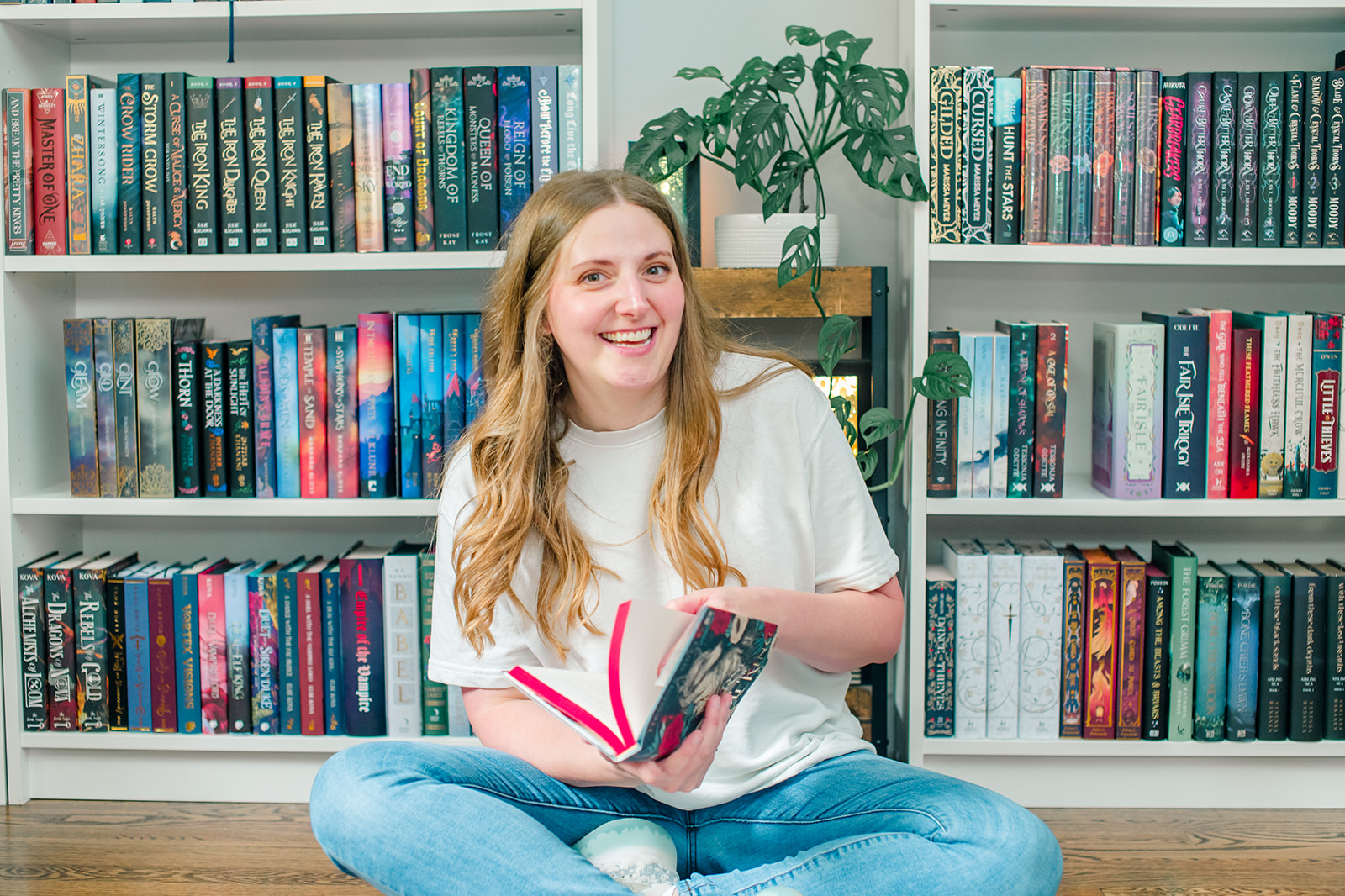
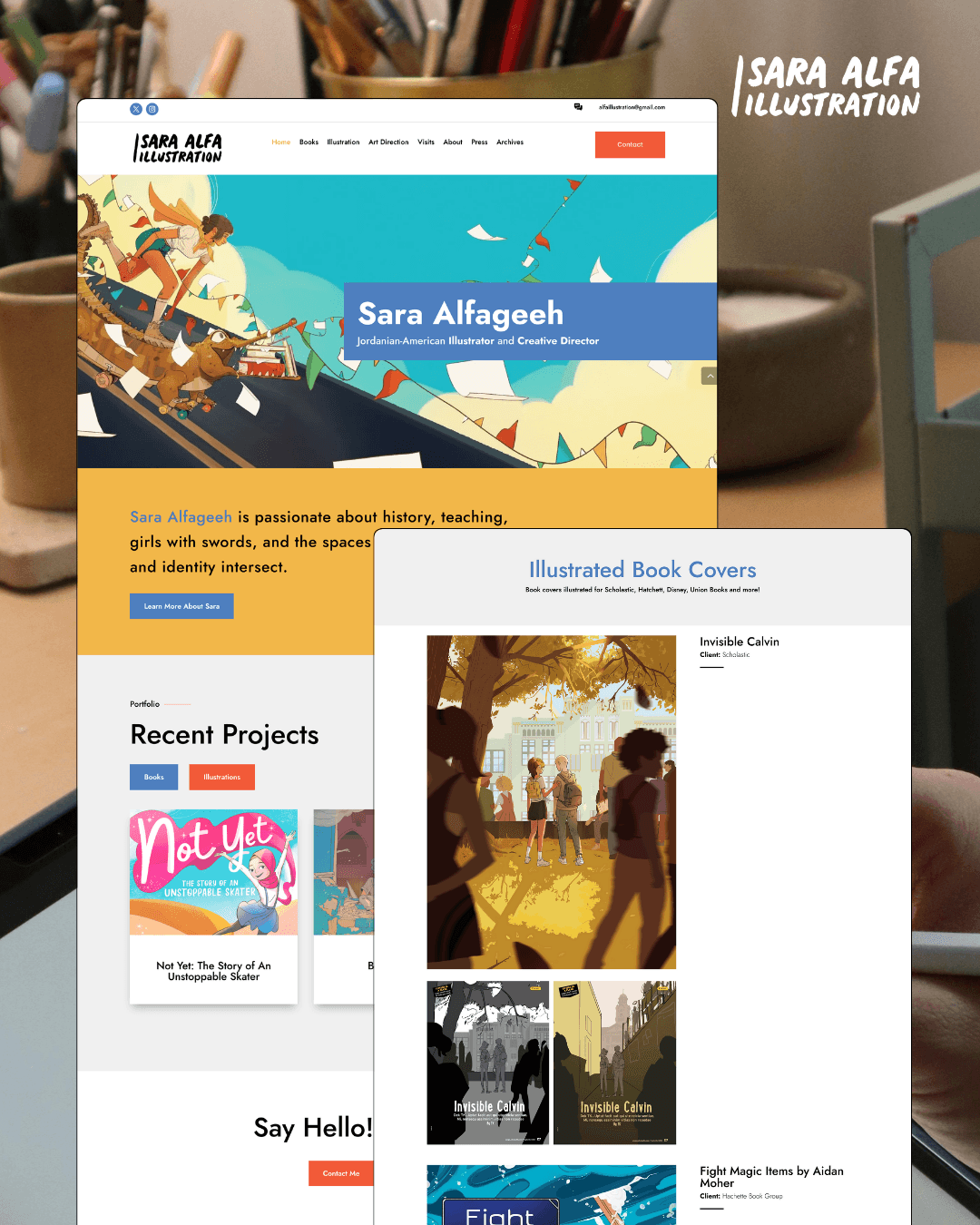
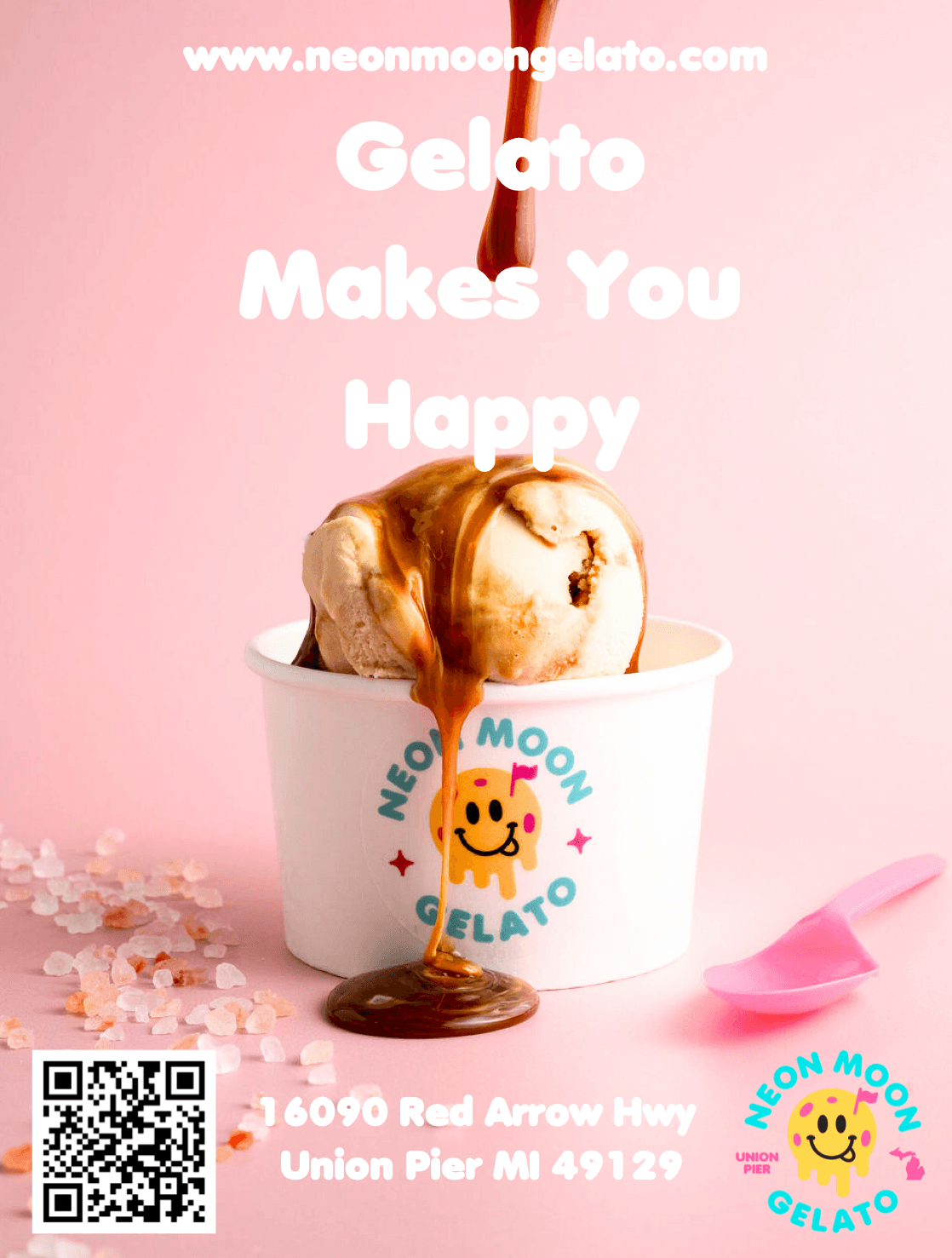
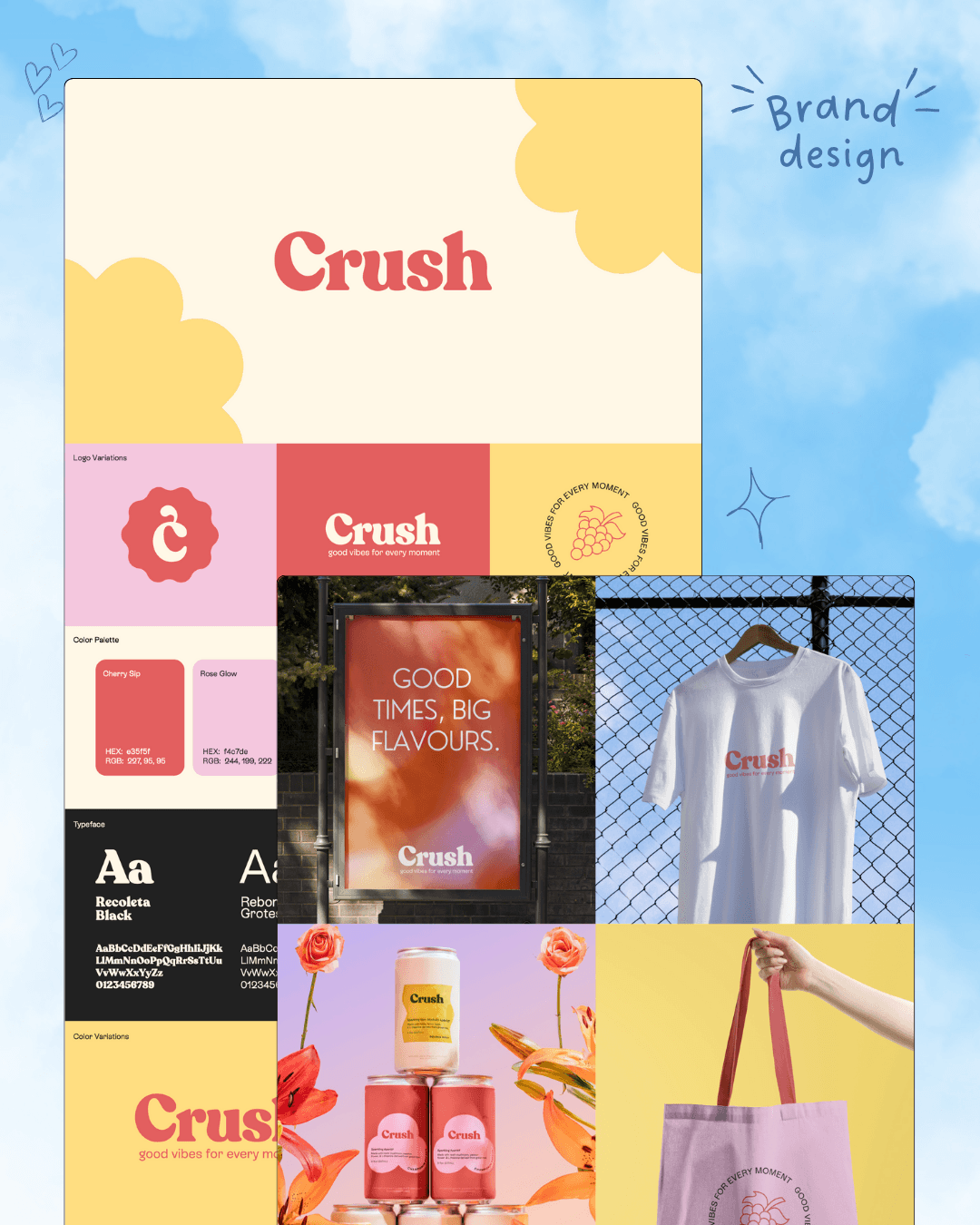
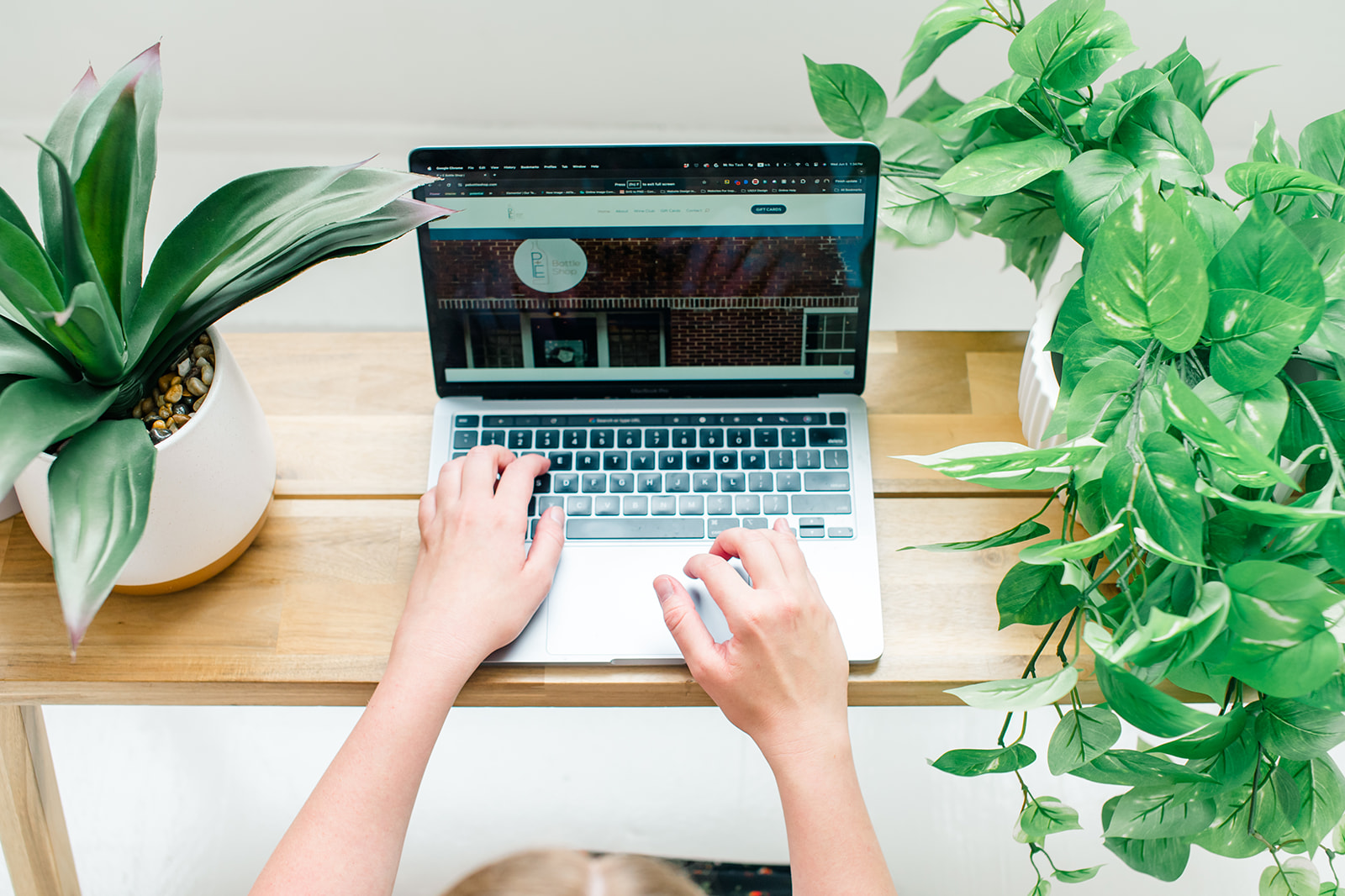
Image Credits
@manalisontakke took my photos from our branding shoot! the other images that are graphics are mine :)


